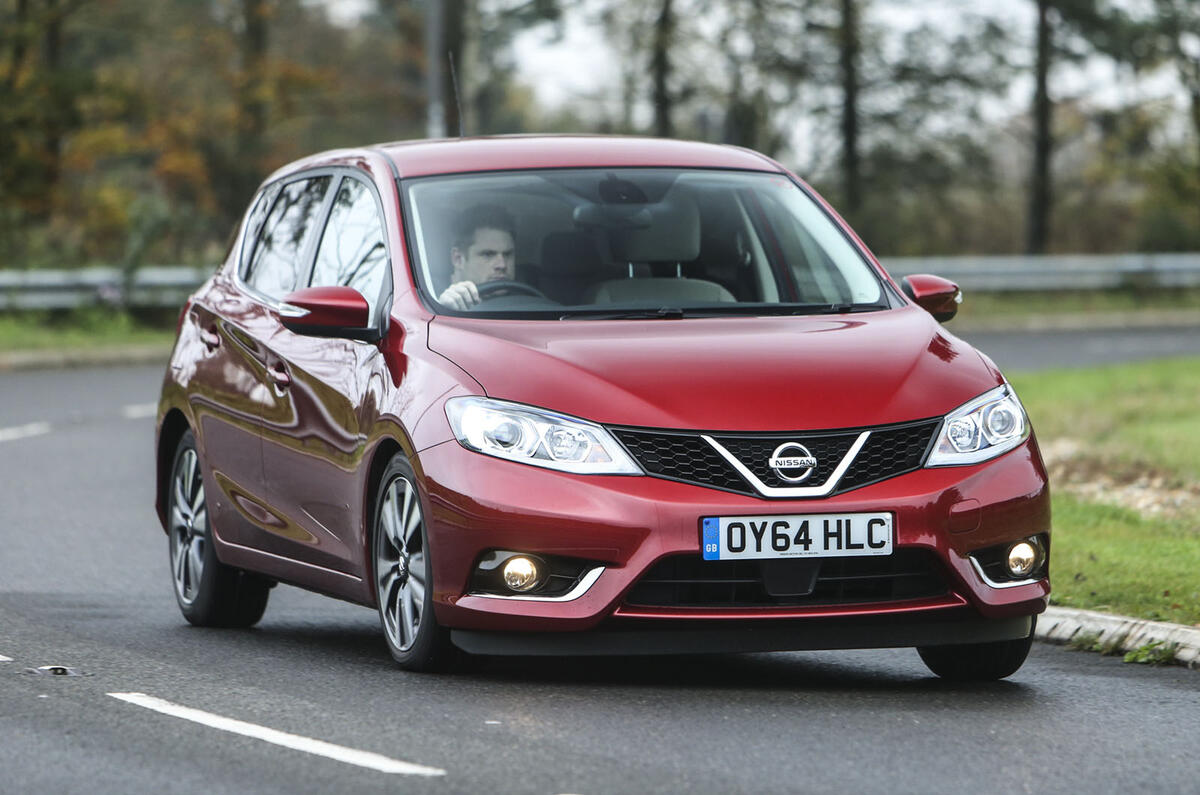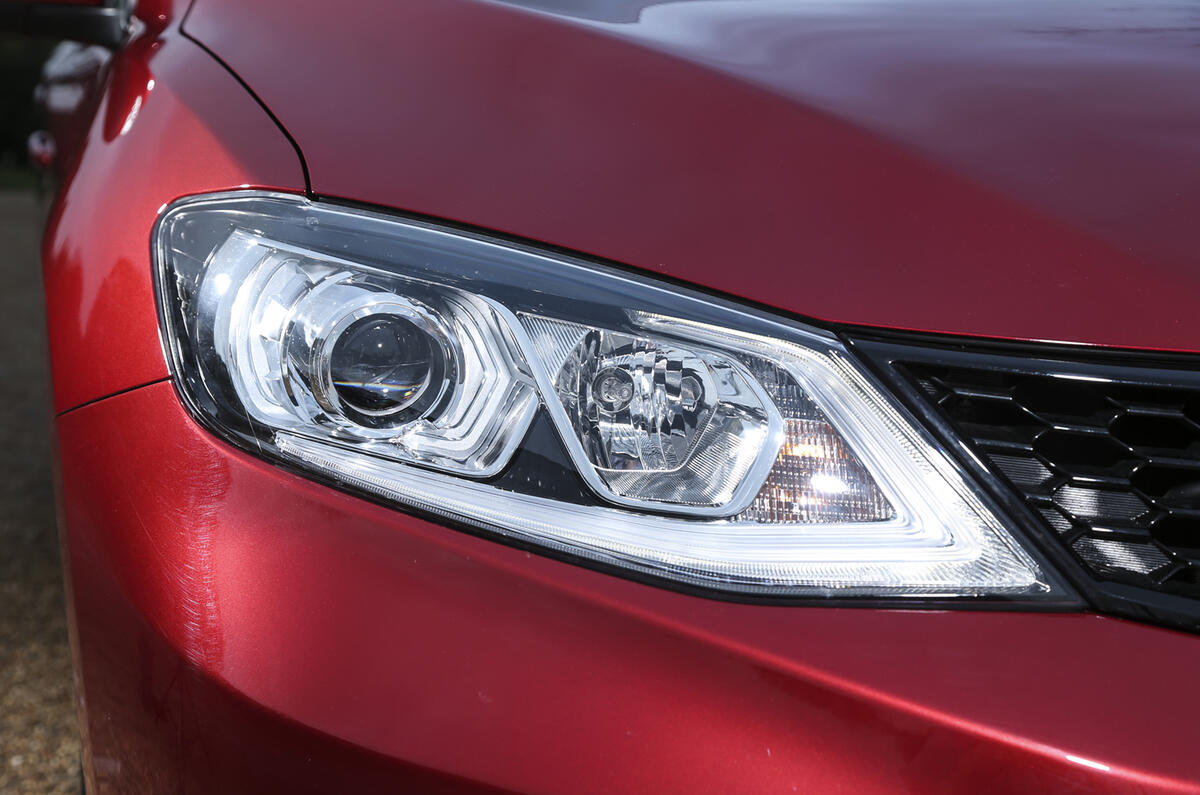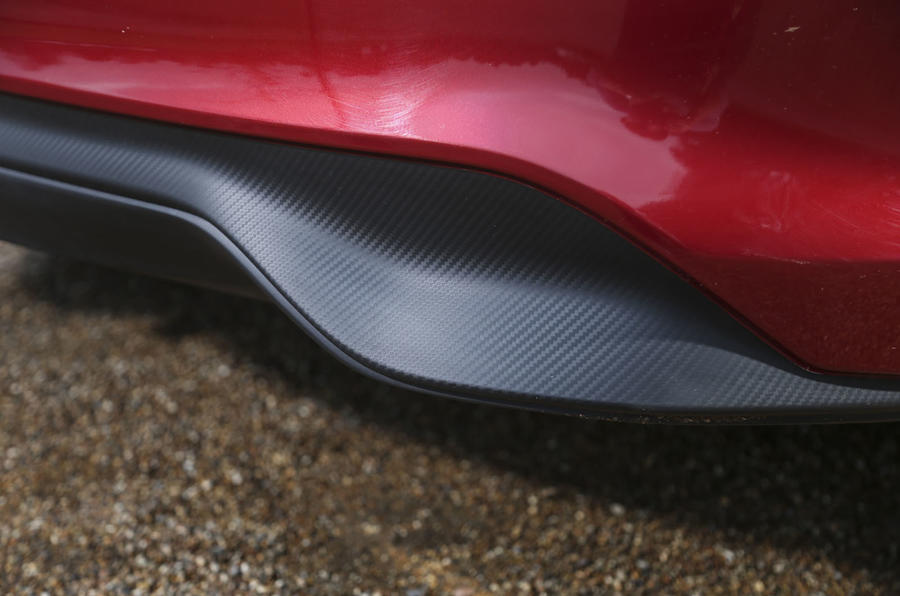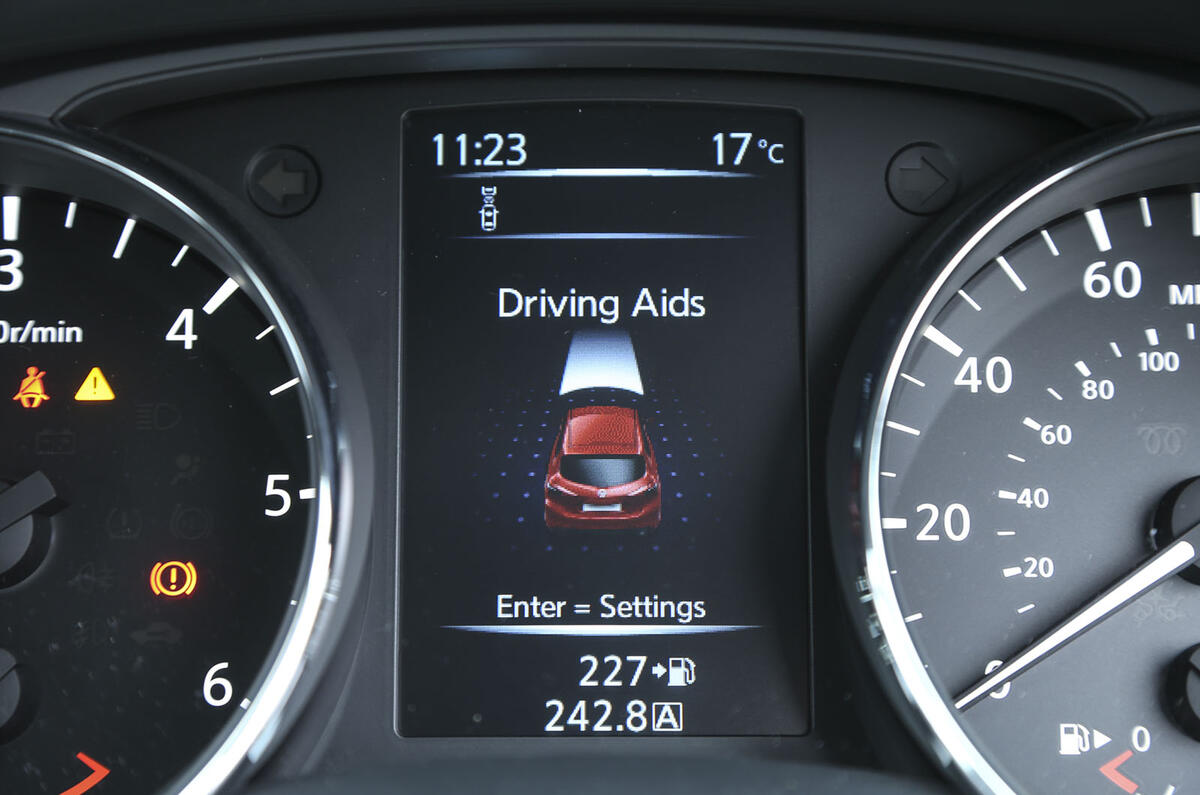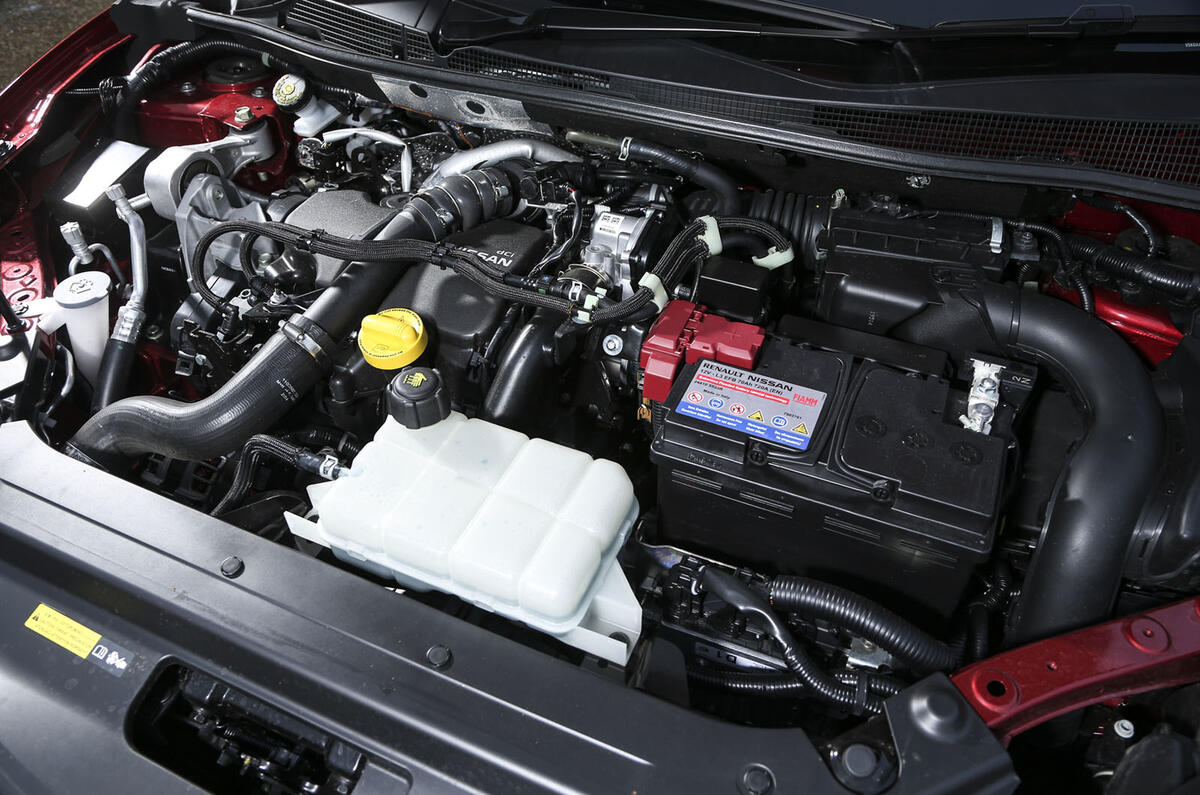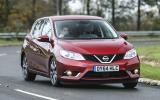Thus far, the Pulsar’s CMF platform has produced one very pleasant car to drive in the Nissan Qashqai and a quite unremarkable one in the Nissan X-Trail. The Pulsar, sadly, is closer to the latter. Just as the design favours practicality, so the handling concerns itself with very little beyond ease of use.
In this respect, the car is highly respectable. Its proportions place it among the larger prospects in the class, but with light steering, fine visibility, a moderate kerb weight and a relatively keen engine, the Pulsar drives with the kind of laid-back user-friendliness that we typically associate with the segment below.
Moreover, it augments this undemanding character with a rather doughy ride quality, one subjectively made all the softer by the sponginess of the seat filler in our test car. Comfort and a large dose of amiability are agreeable elements in a family hatch, and the largely imperturbable nature of the progress makes the Pulsar an utterly benign thing in which to spend time.
The problem is that the car has the dynamic depth of a sheet of paper. Woe betide any driver who becomes tired of a cordial amble, because it forms a fathomless rut out of which the Pulsar simply isn’t equipped to climb.
Where the best of Nissan’s rivals have ensured their hatchbacks are capable of becoming at least moderately animated when the mood seizes their customers, the Pulsar is as flaccid as a feather pillow in a sandbag wall.



